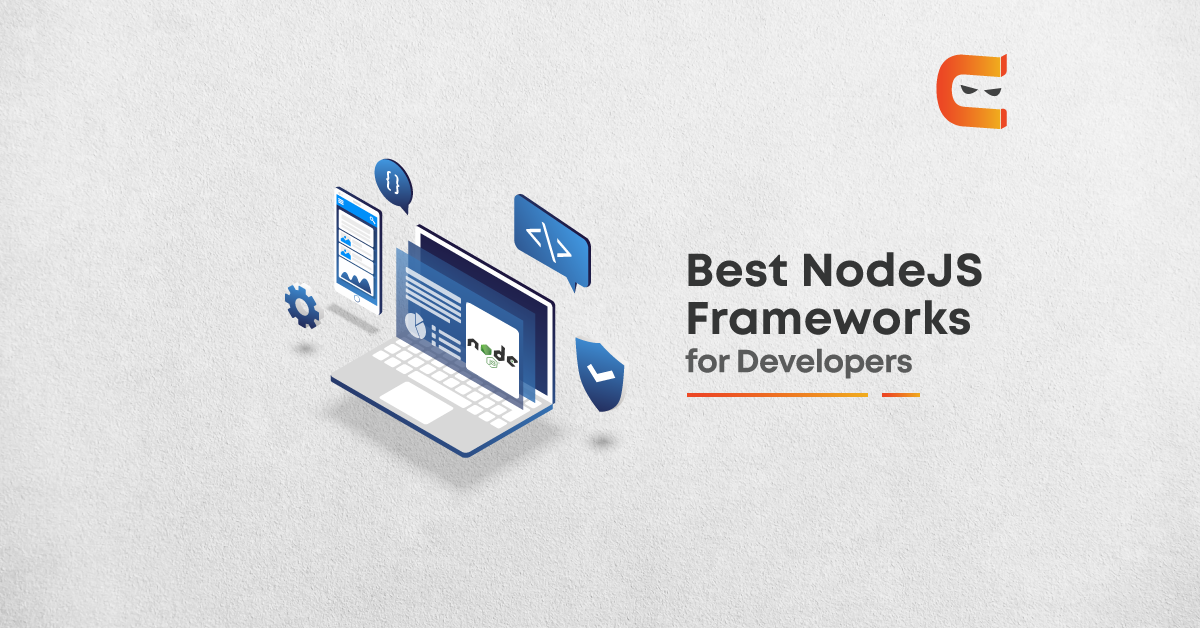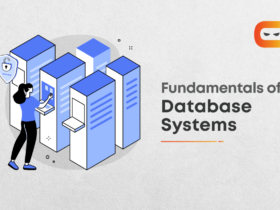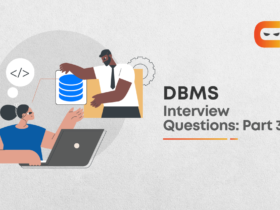With the rise of JavaScript for client-side scripting, there were dramatic changes brought upon the face of web development. Several years ago, it was hard to imagine the things we could do on the web nowadays. This has been made possible with JavaScript being able to run both on the server, as well as on the browser. With the emergence of NodeJs, we shifted from a stateless web-based on the stateless request-response paradigm to web applications with real-time, two-way connections. It is ideal to build highly-scalable, data-intensive and real-time back-end applications. NodeJs could extend the functionalities of JavaScript to more than just making websites interactive.
We’ve seen what NodeJs can do. But what exactly is NodeJs?
Node.js, or Node, is an open-source cross-platform runtime environment built on Chrome’s V8
JavaScript engine that compiles the JavaScript directly into the native machine code. Node
makes use of an event-driven, non-blocking I/O model. It uses a single thread to serve the client requests with the help of Libuv that provides event loop and the non-blocking i/o capabilities to NodeJs. Since Libuv is built on C programming language which uses a system kernel that in turn has multiple threads, behind the scene, NodeJs is implementing multi-threading. This is why NodeJs manages to be light and also highly scalable. With this short introduction to NodeJs, here are some frameworks that will help you invest in your task and work on your ideas.
Express.js – The Renowned Star
It is one of the most popular frameworks and it often goes hand-in-hand with Node. It is a flexible and minimal framework that allows you to build both single and multi-page web applications. It uses the Model-View-Controller architecture in which the controller acts as an
interface between the model that corresponds to data-related logic and the view that is used for the UI logic of the application. It also allows you to render HTTP pages dynamically, letting you to fully access, crawl and index the web-page content. With the fast-track and high-speed I/O, this framework is best for startups that don’t have much legacy code to work with.
Hapi.js – The Market-Oriented
Another framework that follows an MVC architecture is the Hapi.js framework. This commercial
framework is not only open-source but also works as a server framework. It is best used to develop REST APIs because of the routing, I/O validation and caching features it offers to the
user. Apart from this, users can use it with database management systems such as MySQL to create static websites. With all the powerful plugins it offers, fixing bugs and adding new features is fast and easy. Since it was initially developed to control traffic during Black Friday sales, it works well for large-scale websites such as PayPal, Disney and more.
Socket.io – The Heaven of Real-Time Communications
Developed in 2010, Socket.io is a JavaScript library that serves as a comprehensive solution for
full-stack development. It has a bi-directional communication supported with two parts. One
that runs in the browser in the front-end, and another one that runs for Node.js in the back-end. This has been made possible through the use of EventEmitters. Socket.io supports auto correction, anomaly detection, multiplexing, and plenty more features. One of the more prominent features Socket.io provides is the binary streaming by which users could feed readable streams to different browsers from the server. Overall, It has made WebSockets more accessible and provides users with APIs that work together with any service.
Koa.js – The Pint-Sized Powerhouse
It is a small and robust and powerful HTTP middle ware framework developed and maintained by the creators of Express.js. Being light-weight, it provides a minimal interface for developing web applications and APIs. Many developers use Koa.js to write thinner and better middleware as it is a small footprint but this doesn’t limit the option to extend the framework with the help of a wide range of modules. Koa.ks supports generators that limit the use of callbacks and also provides functions to stop and resume code execution with the same stack. However, the use of generators doesn’t support any other type of Node.js framework middleware.
Sails.js – crème de la crème
It is a micro-framework that is built on Express.js and follows a Model-View-Controller pattern similar to Express.js and Ruby on Rails from which it draws its inspiration. It follows convention over configuration philosophy that decreases the number of decisions a user makes while selecting the tools it offers but it can always be overridden. Sails.js also supports Socket.io, making it the perfect candidate for the development of social media applications. For database connectivity, it comes with a generic ORM (Object Relational Mapping) called Waterline that uses adapters for a seamless connection of almost any database.
LoopBack.io – The Leader for Novice
Modern applications come with complex integration. LoopBack.js was developed to provide a profoundly-extensible framework that allows you to build dynamic models in the absence of a
schema. The main perk of this framework is being able to create powerful end-to-end REST APIs
with minimum or no coding knowledge. Users can create SDKs and API documentation with a widget called API Explorer that comes by default with LoopBack.io. It comes with authentication and permission settings to promote security and also appears with model relation maintenance, add-on segments, and many more features.
NestJS – The Unique, Golden Boy
It is a progressive server-side application framework that follows the MVC architecture pattern. Unlike all the other frameworks on this list, NestJS uses TypeScript, which is a superset of JavaScript. Because of the usage of TypeScript, it lets you use static-type checking which offers greater performance and reduces the likelihood of some errors. It also includes the components of Functional Programming, Object-Oriented Programming, and Functional Reactive Programming while retaining the functionalities of JavaScript. Moreover, it uses a modular structure, arranging codes into different modules and making the use of external libraries easier. Since it uses Typescript, it is widely used to develop back-end applications with AngularJs applications.
Derby.js – The Jack Of All Trades
It is an open-source framework that follows the MVC structure for building full-stack web applications. It offers a bidirectional development for both front-end (client-side) and back-end (server-side) through its scripting components. It integrates a data synchronisation engine for synchronisation of data and time between browsers, servers, and application databases seamlessly. Through the various templates available for the browser and the server, it offers customisation for the user. Another note-worthy feature it offers is the automatic resolution for both online and offline. With all the features Derby.js has to offer, it is one of the ideal frameworks for collective real-time web application development.
Total.js – The Darkhorse
This relatively new framework is a full-featured node.js development framework that is fast, performance-oriented, and modular. It is best for developers looking for an impressive CMS (Content Management System) with NoSQL embedded database This makes the development
more effective and skillful. Similar to many other frameworks, it supports multiple databases such as MySQL, PostgreSQL along with several front-end systems-Angular, Ember, Bootstrap. Features unique to Total.js are image processing tools, simple mail transfer protocol (SMTP) system among others. With Total.js, users can create cost-effective, fully responsive applications including IoT applications, web applications and desktop-based applications.
Meteor.js
With more than 40 thousand stars on GitHub, the list isn’t complete without Meteor.js. It is a full-stack framework of NodeJs that allows users to build real-time applications, both mobile as well as web applications. Unlike the traditional way of combining different tools and frameworks, it offers a full ecosystem with the same effect, and because of this, it provides ideal performance. With the magnitude of simplicity Meteor.js offers, it isn’t very suitable for large and complex applications. Nevertheless, being equipped with many pre-written modules and a supporting community, developers can greatly benefit from Meteor.js.
Modern web applications can be complicated to write. NodeJs makes it simpler with the various frameworks it offers that are equipped with a set of useful features along with an extensive user community. It lets you work on your ideas and task in hand instead of writing it from scratch. All you have to do is select the right one for your needs.
Each of the ten NodeJs frameworks we’ve compiled constantly enhances and upgrades to keep up with the changes in the software development industry. Apart from the ones on the list, there are plenty of frameworks available that offer unique features and functionalities but we’ll leave that up to your research. Staying up to date with the industry, trying new things and keep perfecting your development toolkit will definitely make you achieve the best professional results possible.
To read more, click here.















Leave a Reply